✓ Joining us on our Whatsapp Channel: 💬 Explore and Escape!.
Booking through us:
✓ 🏩 🛌 Handpicked Luxury Stays in Budget: Booking.com | Agoda.com
✓ 🍹⛱️ Deals on Private xfers, SIM Cards, City tours, Day trips : 📍🗺️ GetYourGuide | 🛵🧳 Klook
com/landmarks/oceania-landmarks/landmarks-of-australia/”>landmarks in Europe to see, with Philippines sharing quite a few of those!
The Philippines is home to a rich and diverse tapestry of landmarks, woven together by a vibrant and colorful history.
From the towering peaks of Mount Apo to the shimmering shores of Palawan, the archipelago is a canvas painted with the bold strokes of ancient cultures, colonial influences, and natural splendor.
These landmarks bear witness to the dynamic spirit of the Filipino people, a testament to their resilience, creativity, and unwavering spirit.
1. Mayon Volcano
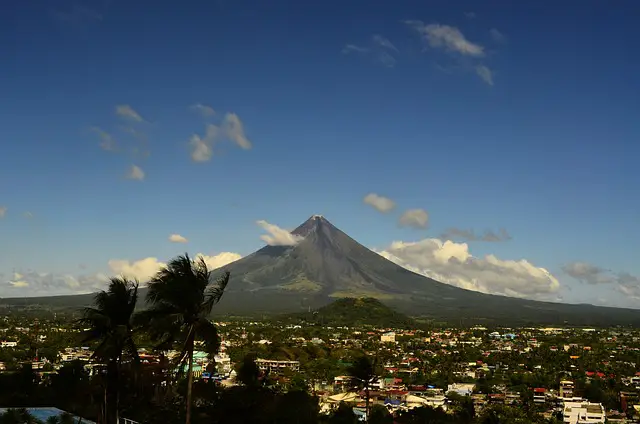
Mayon Volcano is an active volcano located in the province of Albay, in the Bicol Region of the Philippines. It is considered one of the most active volcanoes in the country.
What to see or do: – Take a hike up the volcano and enjoy the stunning views from the top.
Don’t miss: – The chance to take a photo of the iconic perfect cone shape of the volcano.
Insider travel tips: – The best time to visit is during the dry season, from November to April.
2. Chocolate Hills
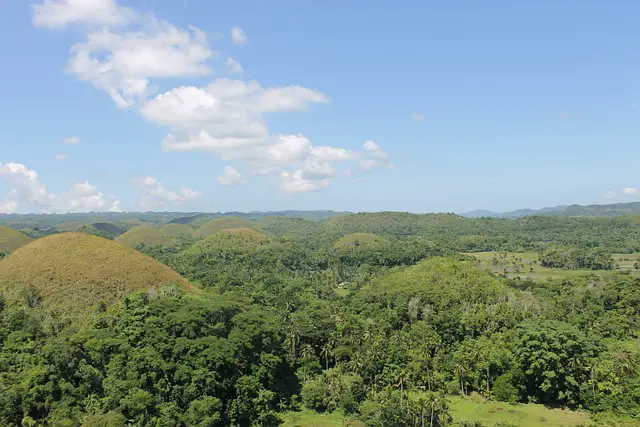
The Chocolate Hills are a geological formation consisting of around 1,200 hills located in Bohol, Philippines.
What to see or do: The main attraction is to witness the rolling hills covering an area of more than 50 square kilometers, which turn brown during the dry season, hence the name “chocolate”.
Visitors can climb up any of the hills and take in the panoramic views.
Don’t miss: The Chocolate Hills Complex, which has an observation deck, a restaurant serving local cuisine, and a mini-zoo. The nearby Sagbayan Peak offers another stunning panoramic views of the hills and the surrounding countryside.
Insider travel tips: – Visit during sunrise or sunset for stunning views and best lighting for photography.
3. Tubbataha Reef
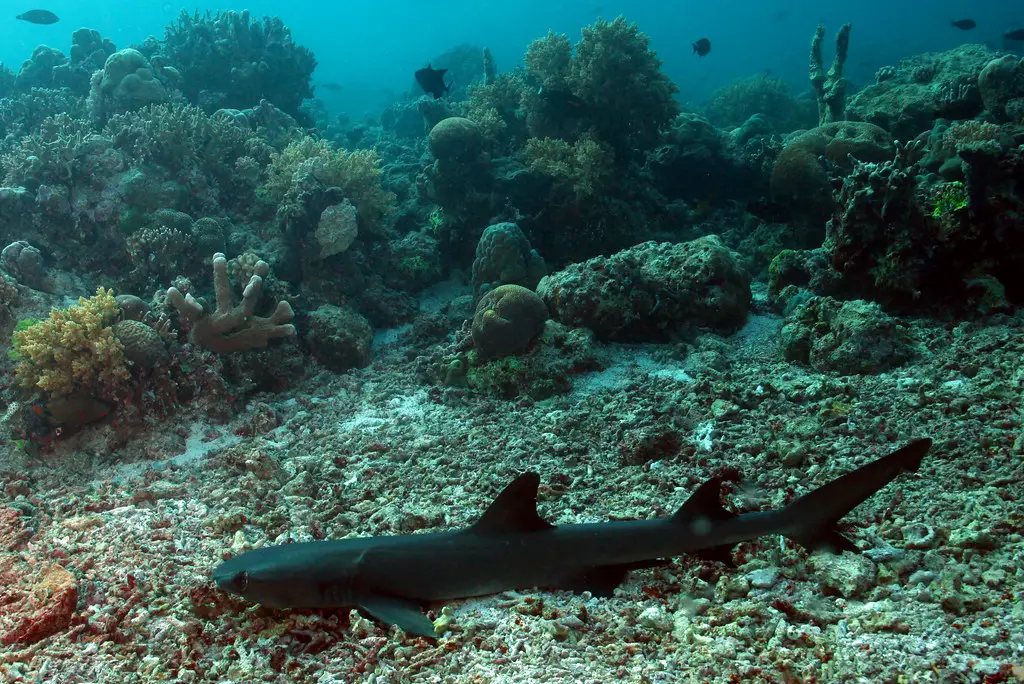
Tubbataha Reef is a protected marine park located in the Sulu Sea of the Philippines.
What to see or do: Snorkeling and scuba diving are the main activities to do in Tubbataha Reef.
Visitors can expect to see an array of marine life, including over 600 species of fish, 360 species of coral, sharks, turtles, and other sea creatures.
Don’t miss: The highlight of Tubbataha Reef is the diverse and colorful coral formations.
Don’t miss the chance to see the Tubbataha Cathedral, a coral formation shaped like a cathedral, and the Shark Airport, a popular spot for finding whitetip reef sharks.
Insider travel tips: – Tubbataha Reef is only accessible via liveaboard boats, so plan your trip accordingly.
4. Banaue Rice Terraces
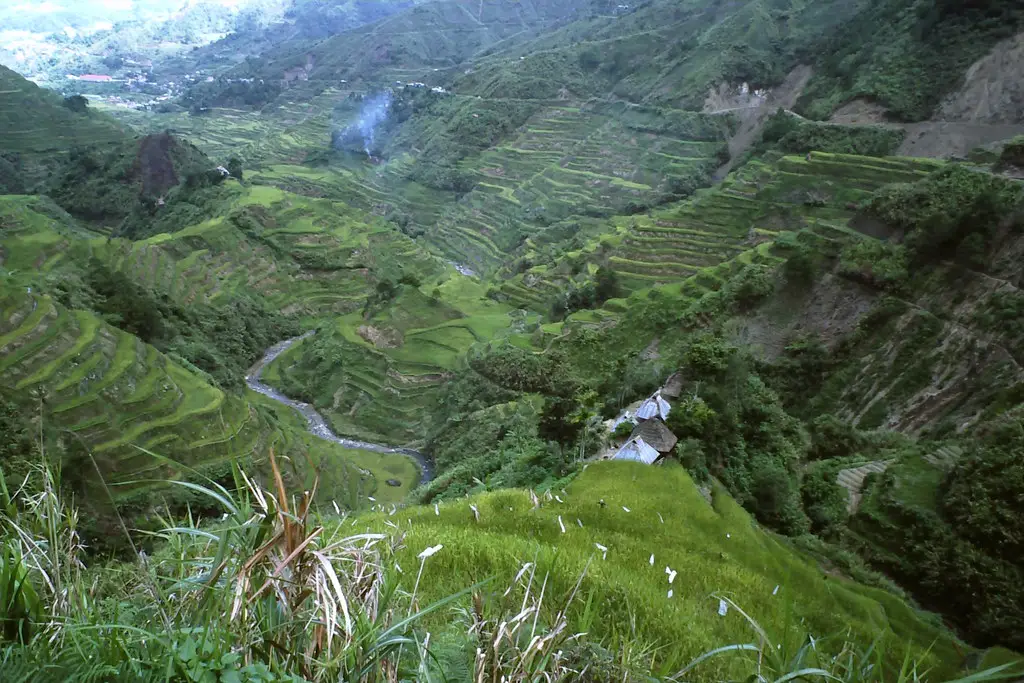
A UNESCO World Heritage Site consisting of ancient rice terraces built by the Ifugao indigenous people over 2,000 years ago in the Philippine Cordilleras.
What to see or do: Marvel at the stunning landscape and lush greenery of the rice paddies that stretch as far as the eye can see.
Take a hike or guided tour to explore the terraces and nearby villages, where you can learn more about the local culture and traditions.
Don’t miss: A visit to the Batad Rice Terraces, famed for their amphitheater-like formation and breathtaking beauty. Also, be sure to catch the sunrise or sunset, when the terraces are bathed in golden light.
Insider travel tips: It can get chilly in the mountains, so pack layers of clothing and comfortable shoes for hiking. Consider staying in a local homestay for a more authentic cultural experience.
Early morning visits are less crowded and offer better photo opportunities.
5. Puerto Princesa Subterranean River National Park
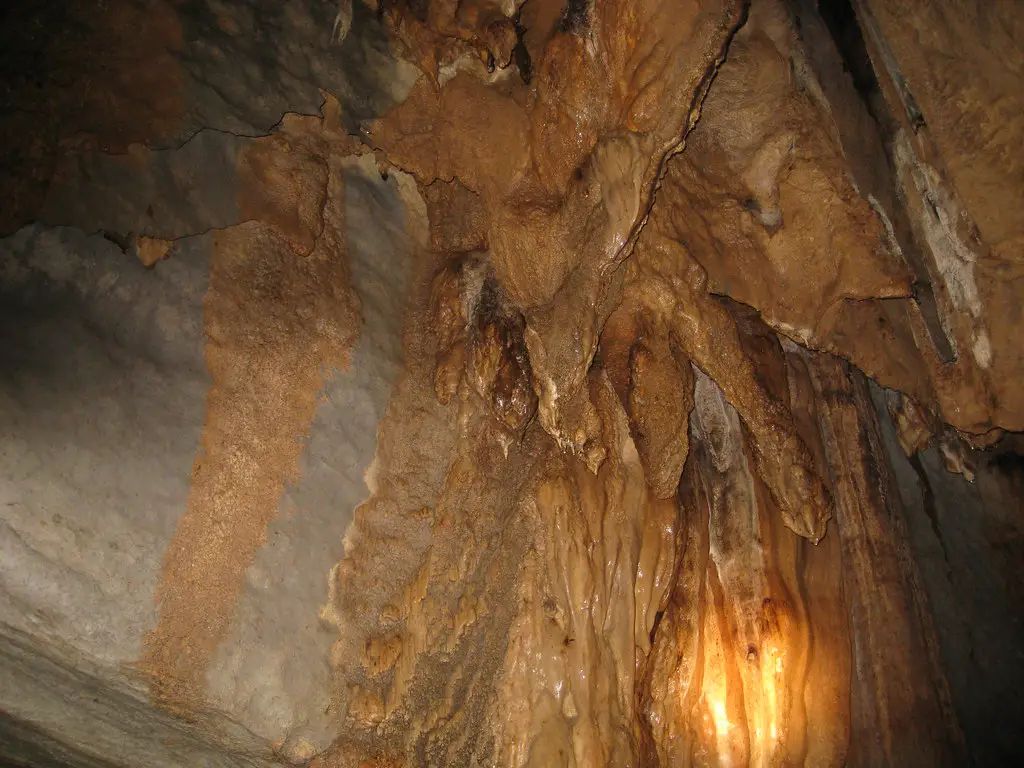
Puerto Princesa Subterranean River National Park is a protected area located in the St. Paul Mountain Range, on the western coast of the island of Palawan.
It is listed as a UNESCO World Heritage Site and one of the New 7 Wonders of Nature.
What to see or do: The main attraction of the park is the Puerto Princesa Underground River, a navigable river that flows through limestone caves and out to the South China Sea.
Visitors can take a guided boat tour to explore the river, which is surrounded by stunning rock formations, stalactites, and stalagmites.
There are also hiking trails and a variety of flora and fauna to observe in the park.
Don’t miss: Make sure to visit the park’s Sabang Beach, a beautiful and serene spot with crystal clear waters.
You should also take a walk through the park’s lush forest to see some of the endemic wildlife such as the Palawan flying squirrel, Palawan hornbill, and the Palawan bearcat.
Insider travel tips: – Be sure to book your underground river tour in advance, as only a certain number of visitors are allowed per day.
6. Mount Pinatubo
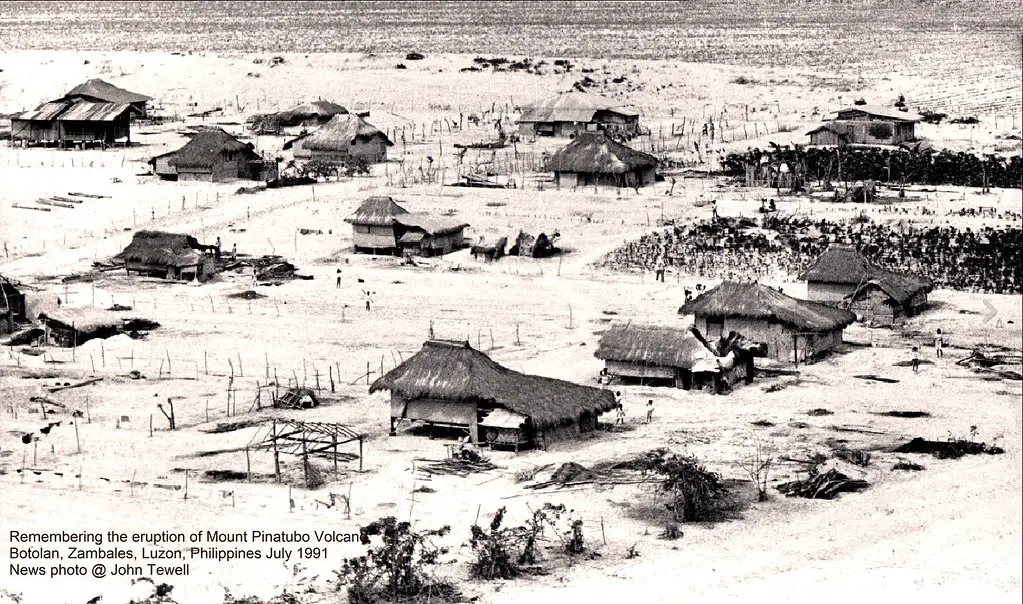
Mount Pinatubo is an active stratovolcano located in the Philippines, on the island of Luzon.
What to see or do: Trek to the summit – The trek to the summit takes around 1.5 hours and requires a moderate level of fitness.
Don’t miss: Witness the sunrise from the summit – The sunrise view from the summit is breathtaking and a must-see experience for anyone visiting Mount Pinatubo.
Insider travel tips: The best time to visit is from December to February when the weather is cooler and drier, making it easier to trek.
7. Magellan’s Cross
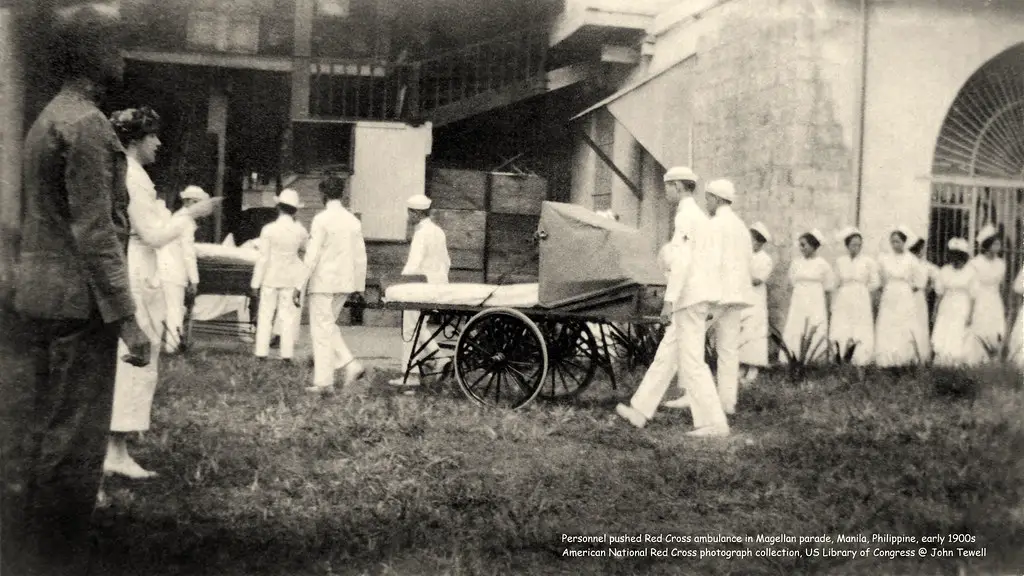
A historical landmark located in Cebu City, Philippines marking the arrival of the Portuguese explorer Ferdinand Magellan in 1521.
What to see or do: Admire the intricate design of the cross and the murals that depict the arrival of the Spanish colonizers.
Don’t miss: Lighting a candle and offering a prayer at the chapel located next to the cross.
Insider travel tips: Try visiting early in the morning to avoid the crowds. Wear comfortable shoes as there may be some walking involved.
Take note that photography inside the chapel is not allowed.
8. Fort Santiago
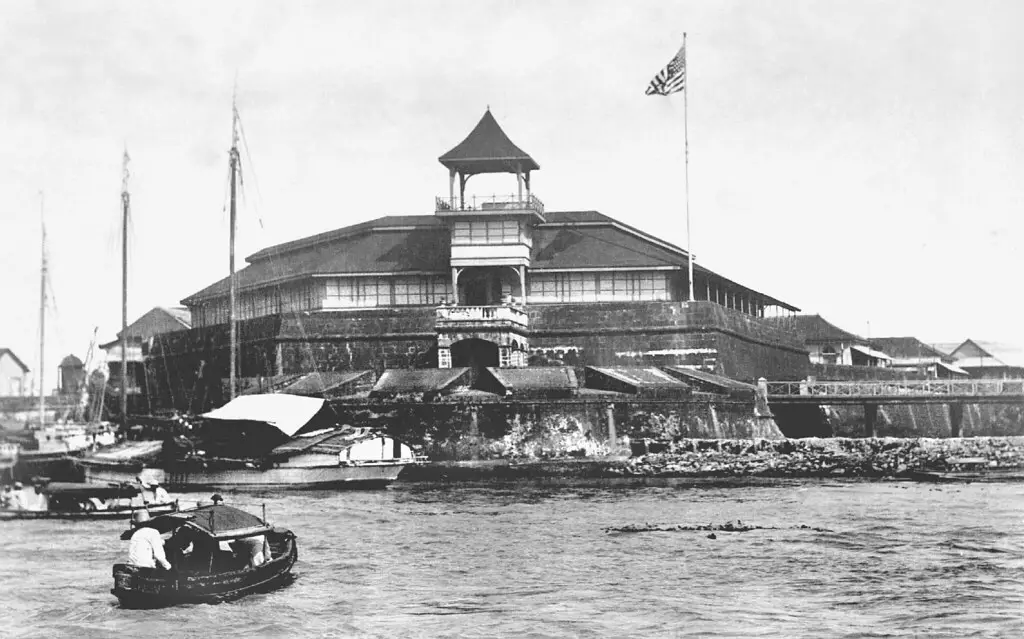
Fort Santiago is a historical fort located in the walled city of Intramuros in Manila, Philippines. It served as a military defense structure during the Spanish Colonial Period.
What to see or do: Visitors can explore the fort’s various sections and learn about its rich history.
Don’t miss the bronze footsteps located at the entrance, which chronicles the last steps of national hero Jose Rizal before his execution.
Visitors can also see the Rizal Shrine, which honors the life and accomplishments of Jose Rizal, who was imprisoned here before his execution.
Don’t miss: The stunning views of the Pasig River and the Manila skyline from the top of the fort. Visitors can also catch the daily historical reenactment, which tells the story of Rizal’s experience in the fort.
Insider travel tips: Wear comfortable shoes as there is a lot of walking involved. Visit early in the morning or late in the afternoon to avoid the crowds and the heat.
Keep an eye out for various art installations and exhibits held inside the fort.
9. San Agustin Church
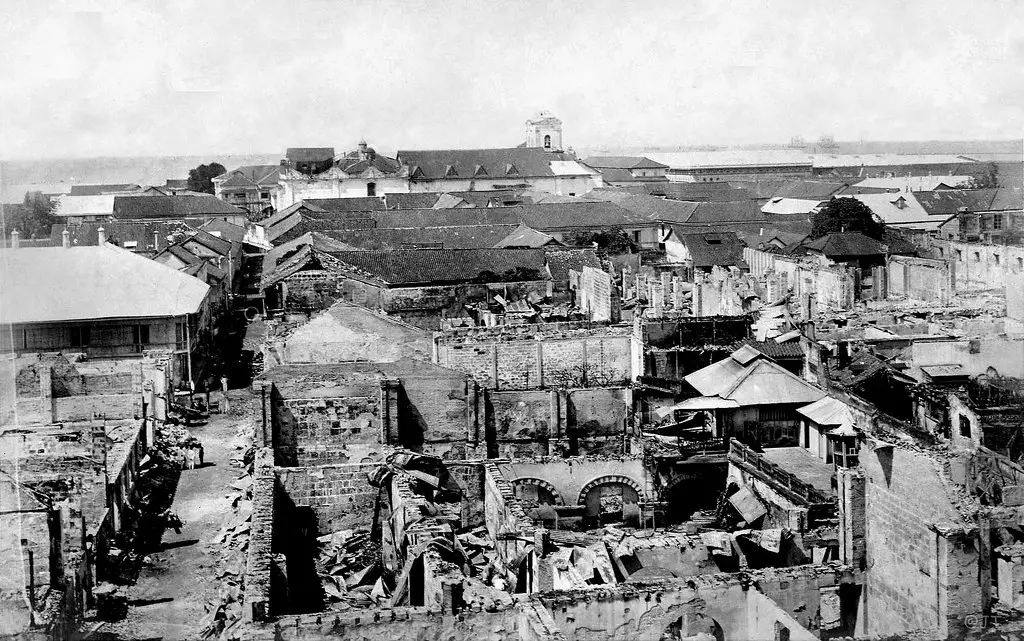
San Agustin Church is a historic Catholic church located inside the walled city of Intramuros in Manila, Philippines. It is one of the oldest stone churches in the country, dating back to the 16th century.
What to see or do: Visitors can marvel at the intricate and impressive baroque architecture, including the grand entrance, the ornate carvings in the walls and ceilings, and the stunning stained glass windows.
There is also a museum on-site with exhibits showcasing the church’s history.
Don’t miss: Don’t miss the chance to see the old and well-preserved wooden pulpit and choir loft, as well as the massive pipe organ that was brought from Spain in the 19th century.
Insider travel tips: Visit the church early in the morning to avoid the crowds, and consider hiring a guide to learn more about the history and significance of the church.
Also, bring a shawl or scarf to cover your shoulders as a sign of respect when entering the church.
10. Taal Volcano
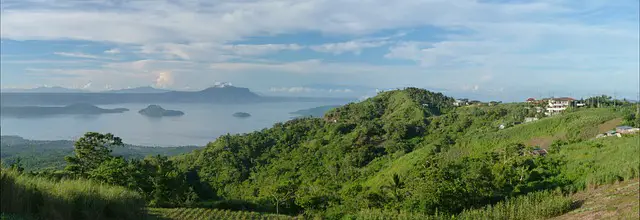
A complex volcano system located on the island of Luzon in the Philippines.
What to see or do: Take a boat tour of Taal Lake and hike up to the crater of Taal Volcano.
Don’t miss: The stunning panoramic views of the crater lake from the top of the volcano.
Insider travel tips: Wear comfortable shoes for the hike and bring plenty of water. Consider hiring a guide to ensure a safe and enjoyable experience.
Avoid visiting during the rainy season as the trail can be slippery and dangerous.
11. Rizal Park
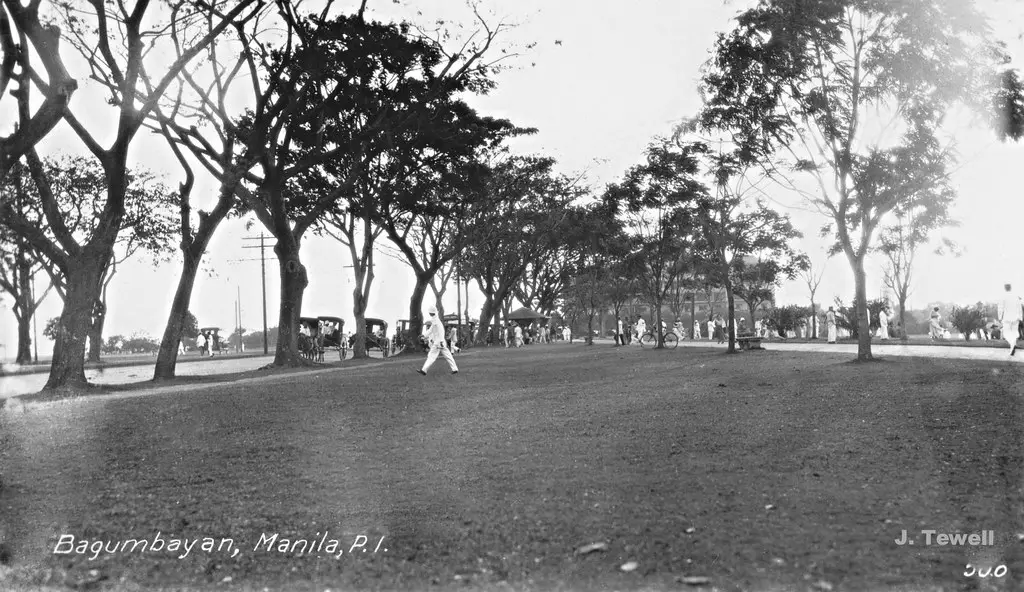
Rizal Park is a historical urban park located in the heart of Manila, Philippines.
What to see or do:
Don’t miss:
Insider travel tips:
12. Corregidor Island
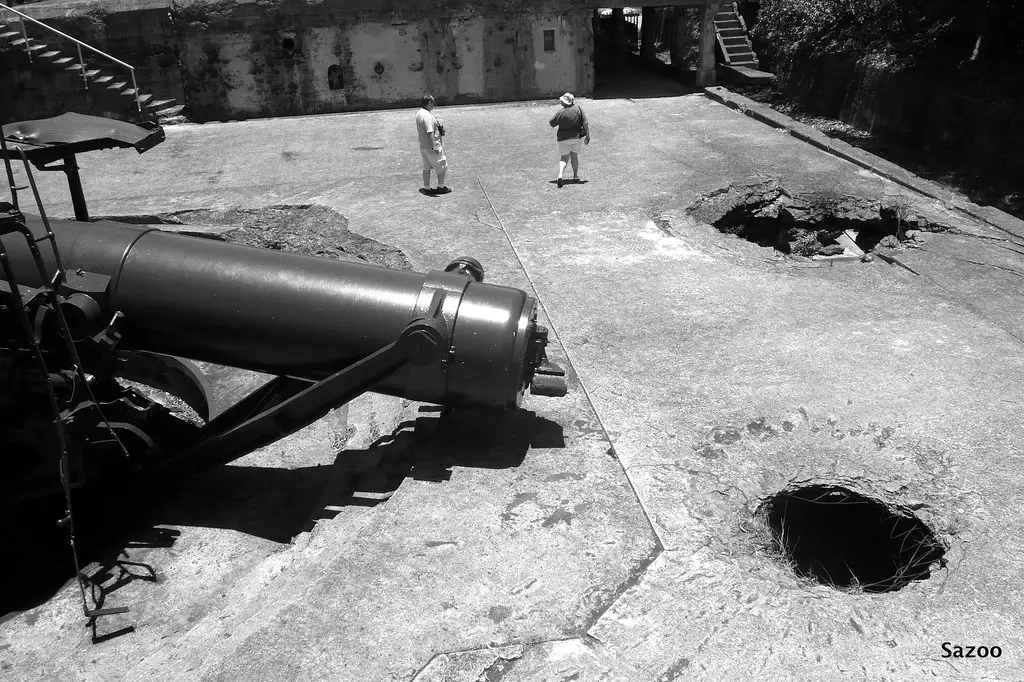
A historic island located in the entrance of Manila Bay, Philippines.
What to see or do: – Visit the different historical landmarks such as the Pacific War Memorial, Filipino Heroes Memorial, and Malinta Tunnel.
Don’t miss: – The Sunset Ceremony at the Pacific War Memorial where the US and Philippine flags are lowered while bugle music is played.
Insider travel tips: – Plan your trip ahead as there are limited ferry schedules going to the island.
13. Kawasan Falls
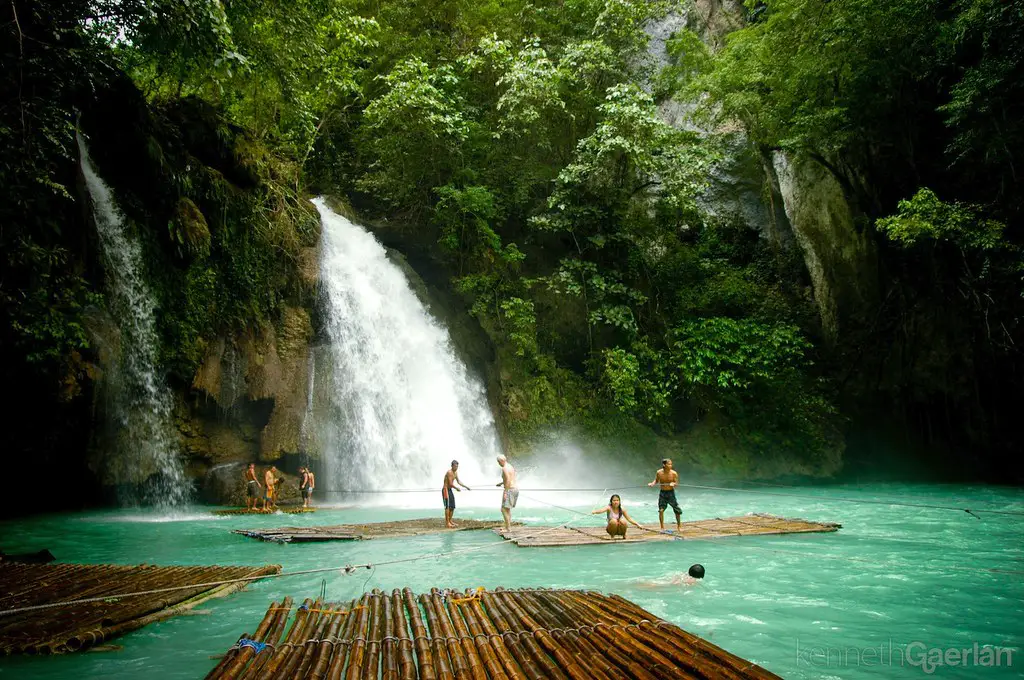
Kawasan Falls is a three-stage cascading waterfall located in the municipality of Badian in the southwestern part of the island of Cebu, Philippines.
What to see or do: Visitors can swim in the cool turquoise waters of the falls, go bamboo rafting or canyoneering downstream, and take a refreshing shower under the cascading waterfalls.
Don’t miss: The highlight of Kawasan Falls is the beautiful turquoise blue water that looks stunning in photos. Don’t forget to capture a picture-perfect moment under the cascading falls.
Insider travel tips: Arrive early to beat the crowds, rent a life jacket if you’re not a confident swimmer, and bring a waterproof camera or waterproof case for your phone.
You can also bring food and drinks, but make sure to pack out all your trash to keep this beautiful natural wonder unspoiled.
14. Apo Island
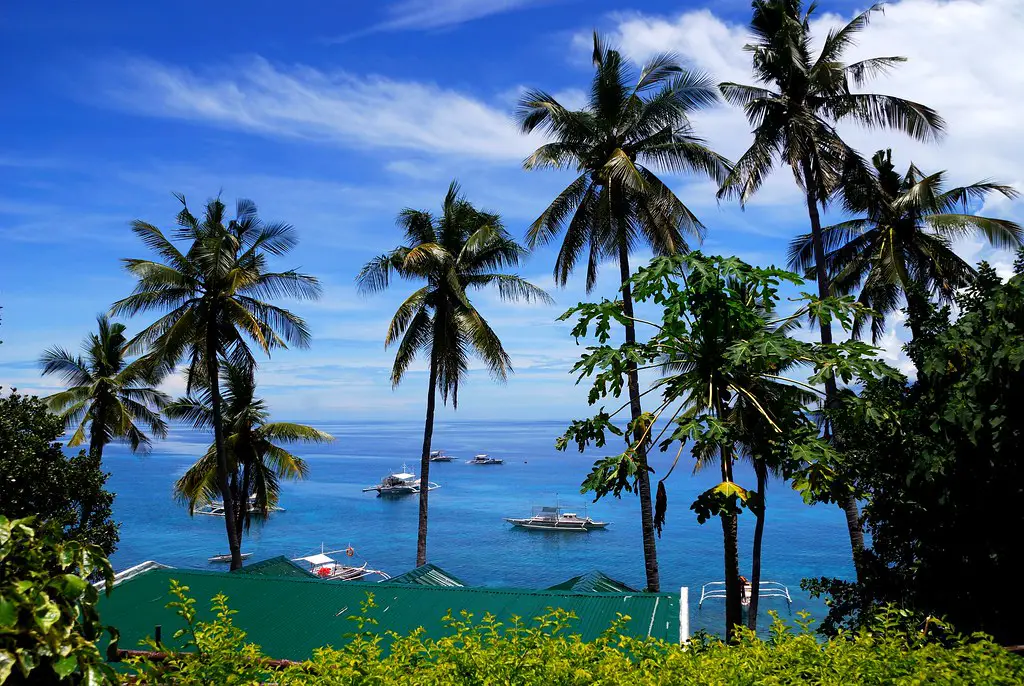
Apo Island is a small volcanic island located in the Philippines, known for its stunning coral reefs and diverse marine life.
What to see or do: Dive or snorkel in the crystal-clear waters to witness the vibrant coral gardens and swim with sea turtles and a variety of tropical fishes.
Don’t miss: Visit the Apo Island lighthouse for breathtaking views of the island and the surrounding waters.
Insider travel tips: Book a night dive to witness the nocturnal marine life, and take a guided tour with the island’s locals to learn about their marine conservation efforts.
15. Calle Crisologo
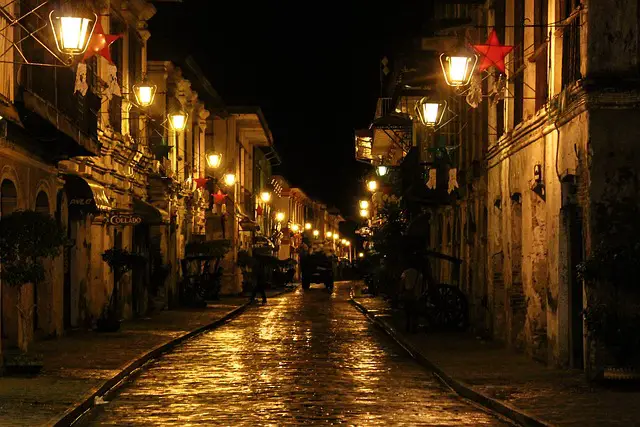
Calle Crisologo is a historic street located in Vigan, Ilocos Sur, Philippines.
What to see or do: Take a leisurely stroll along the cobblestone street and admire the well-preserved Spanish-era architecture of the houses, many of which have been turned into souvenir shops, restaurants, and antique stores.
Don’t miss: Visit the Syquia Mansion Museum, the ancestral house of former Philippine President Elpidio Quirino, which is one of the grandest houses on the street.
You can also catch a kalesa ride (horse-drawn carriage) for a nostalgic trip through the neighborhood.
Insider travel tips: Go during off-peak season or early in the morning before the crowds arrive to fully appreciate the charm of the place.
Try the local delicacies such as the famous Vigan empanada and bagnet, a crispy fried pork dish. And lastly, haggle politely when shopping for souvenirs to get the best prices.
16. Baluarte de San Diego
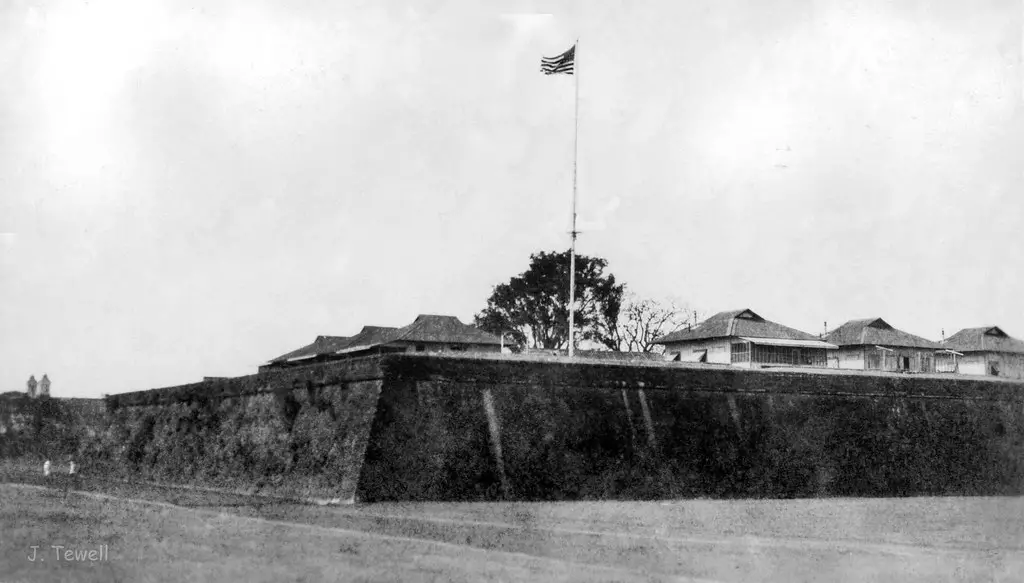
Baluarte de San Diego is one of the oldest and most well-preserved fortifications in Manila, Philippines.
What to see or do: This historic site offers a glimpse into Manila’s colonial past and exhibits ancient artifacts, as well as hosting various cultural events and exhibits.
Don’t miss: Be sure to see the stunning 16th-century architecture and beautiful manicured gardens surrounding the fort.
Insider travel tips: Visit on weekends to enjoy cultural events and performances hosted by local artists. Don’t forget to bring a camera, as the site offers stunning views of the surrounding area and Manila Bay.
17. Basilica del Santo Niño
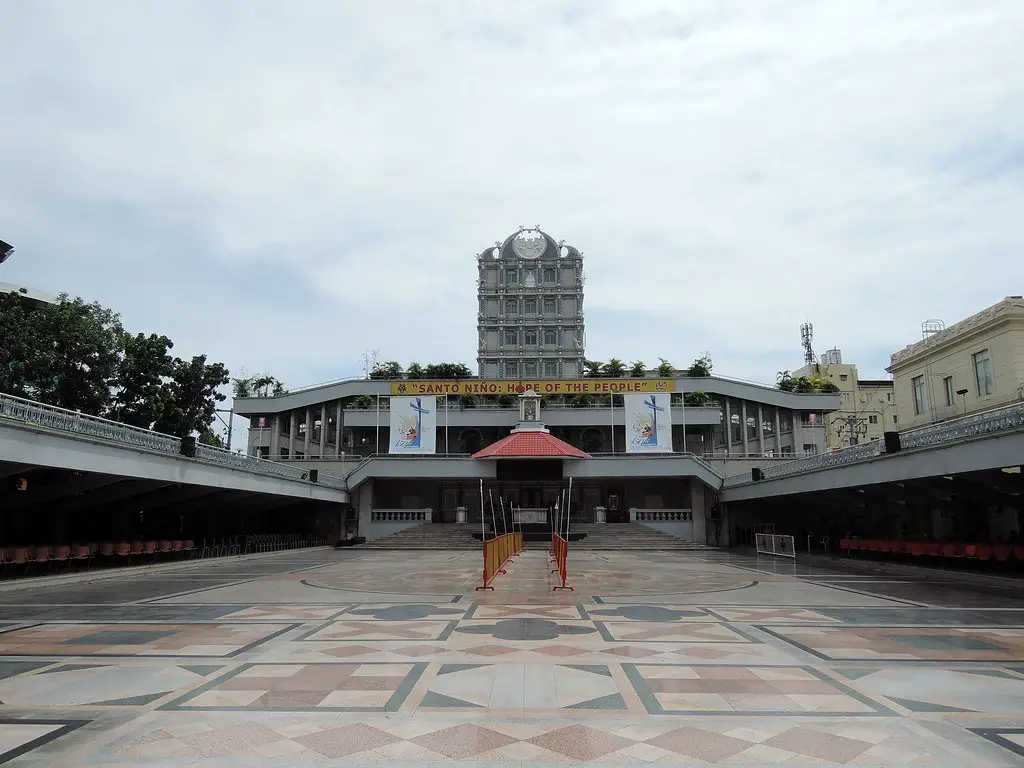
The Basilica del Santo Niño is a Roman Catholic basilica located in Cebu City, Philippines.
It is the oldest Roman Catholic Church in the country and is home to the Santo Niño de Cebu, a statue of the child Jesus.
What to see or do: Visitors can attend masses, light candles and offer prayers at the basilica. The church also has a museum that displays relics and donations of devotees throughout the years.
Don’t miss: Don’t miss the chance to see and venerate the image of the Santo Niño de Cebu. It is believed to have miraculous powers and is one of the most revered religious icons in the country.
Insider travel tips: Arrive early to avoid the crowds during masses or visit on a weekday to have a more intimate experience. Wearing appropriate clothing is highly recommended, and taking photographs of the image of the Santo Niño is not allowed.
18. Hinulugang Taktak
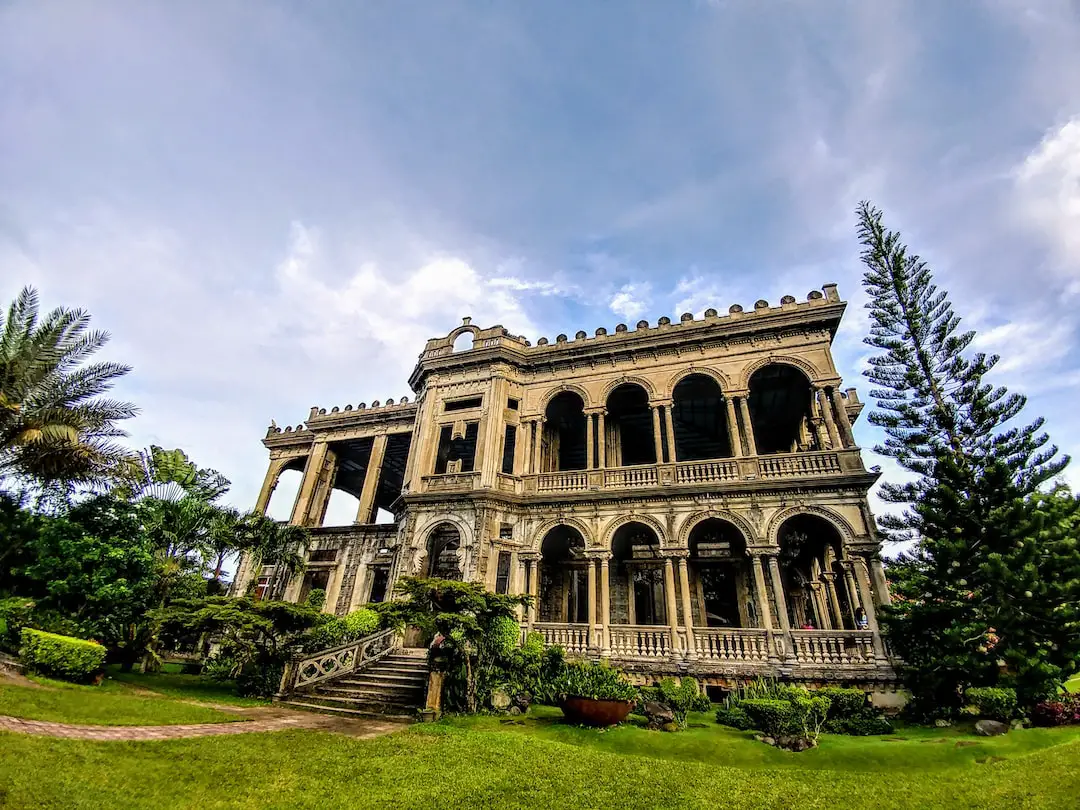
Hinulugang Taktak is a scenic waterfall located in Antipolo, Rizal, Philippines.
What to see or do: Visit the park and marvel at the stunning waterfall, take a dip in one of the natural pools, enjoy a picnic with loved ones, or explore the surrounding nature trails.
Don’t miss: Make sure to climb to the top of the waterfall for a panoramic view of the surrounding area.
Insider travel tips: Avoid visiting during weekends and holidays when the park can become very crowded. It’s also recommended to bring your own food and drinks as there are limited options available inside the park.
Don’t forget to bring a towel and a change of clothes if you plan on taking a dip in the natural pools.
19. Malacañang Palace
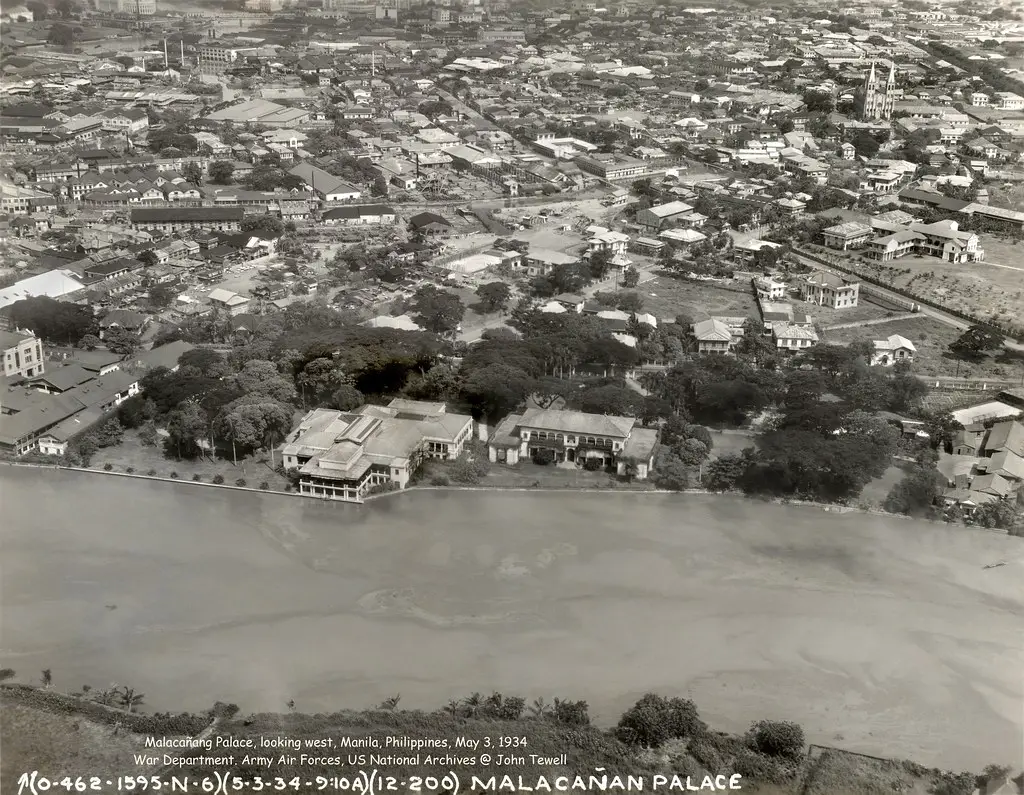
The official residence of the President of the Philippines.
What to see or do: Visitors can take a guided tour of the palace to see its grand halls, historical artifacts, and works of art.
The highlight of the tour is the Presidential Museum and Library, which showcases the history and legacy of the Philippine presidency.
Don’t miss: The Palace guard changing ceremony, which takes place every day at noon.
Insider travel tips: Visitors must book their tour in advance and bring a valid ID. Photography is prohibited inside the palace, so leave your cameras and phones in the designated area before entering.
Wear comfortable shoes as the tour involves a lot of walking.
20. Nuestra Señora de la Asunción Parish Church
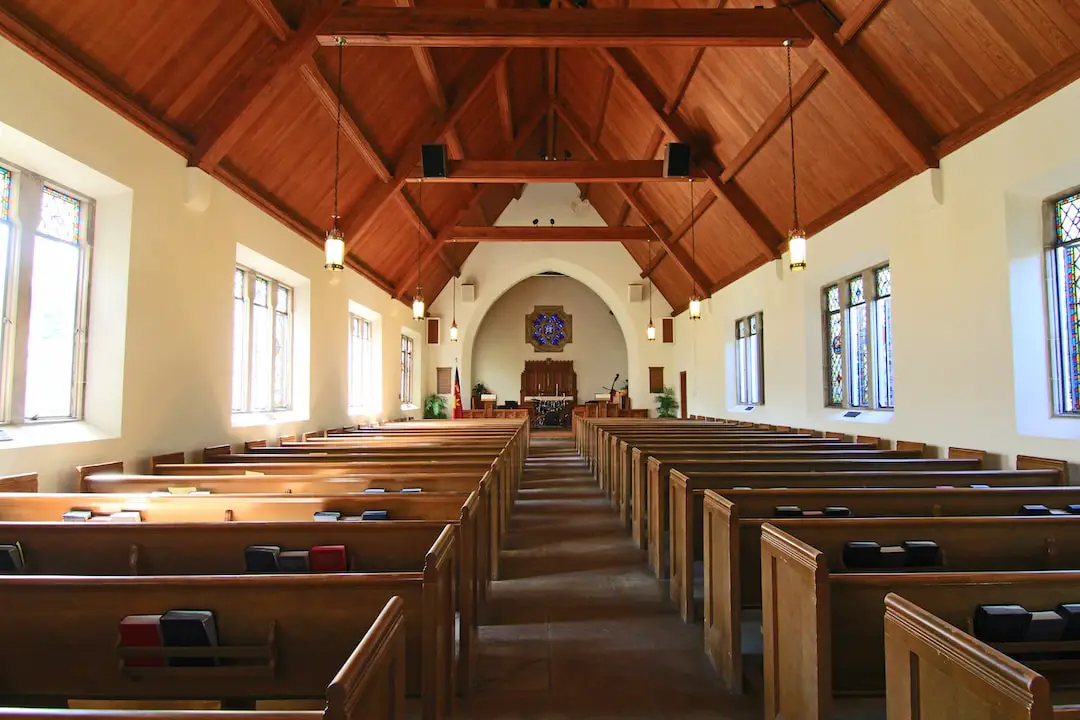
Nuestra Señora de la Asunción Parish Church is a Spanish-era church located in Santa Maria, Ilocos Sur in the Philippines.
What to see or do: Visitors can admire the stunning Baroque architecture of the church and explore its interior decor, which includes intricate carvings, paintings, and sculptures.
Don’t miss: Don’t miss the church’s magnificent bell tower, which stands at 26 meters high. It is considered as one of the tallest bell towers in the country.
Insider travel tips: – Visit early in the morning to avoid the crowd and have a more peaceful experience.
21. Paoay Church
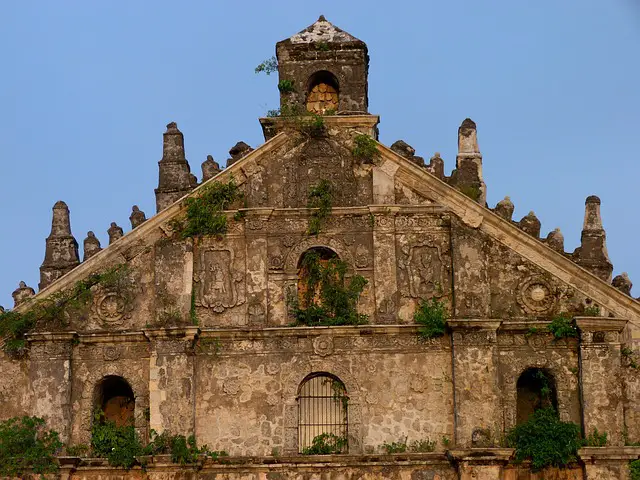
A UNESCO World Heritage Site located in Paoay, Ilocos Norte, Philippines.
What to see or do: Marvel at the stunning blend of Baroque and Gothic designs in this 18th-century church made entirely of coral stones. Visitors can also attend mass or explore the surrounding plaza.
Don’t miss: Taking a photo beside the bell tower which stands separate from the main building. This iconic symbol of the church is one of the most photographed spots in the Philippines.
Insider travel tips: The best time to visit is early morning or late afternoon when the light hits the coral stones just right making its colors more vivid.
Make sure to layer up as the wind can often get strong, especially during the Amihan season from October to February.
22. Sunken Cemetery
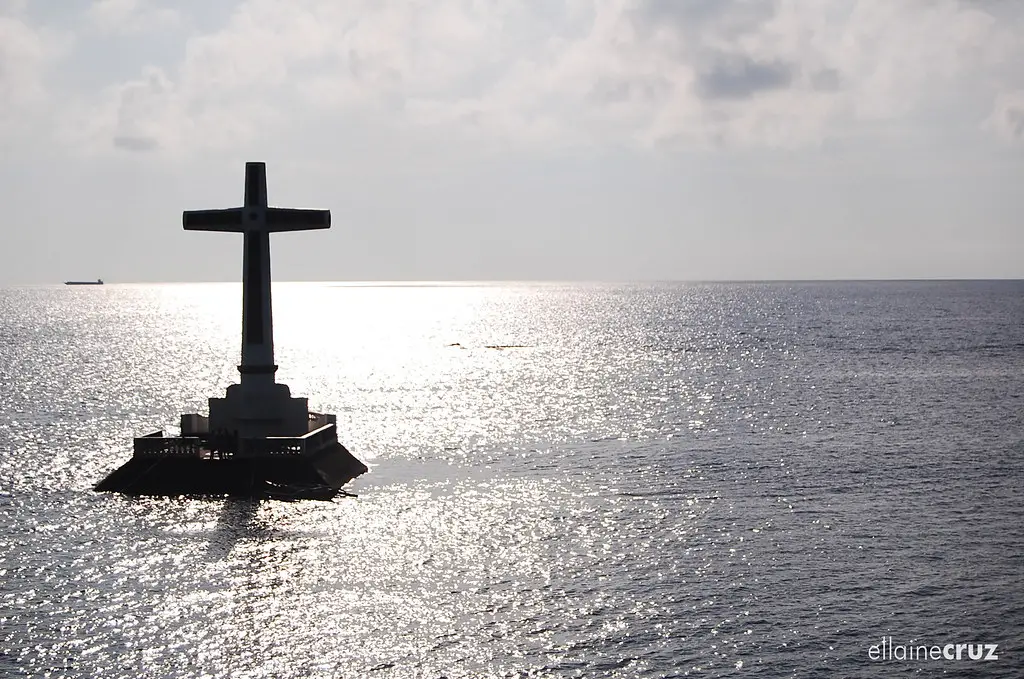
The Sunken Cemetery is a popular tourist spot located on the island of Camiguin, Philippines. It is a cemetery that sunk during the volcanic eruption of Mount Vulcan in 1871.
What to see or do: Visitors can witness the beautiful view of the submerged gravestones and cross markers during low tide. The site offers stunning photo opportunities, especially during sunrise and sunset.
Visitors can also go snorkeling and diving to explore the colorful marine life thriving in the area.
Don’t miss: Don’t miss the chance to take a boat ride to the massive white cross erected on the site of the old cemetery.
The landmark serves as a tribute to those buried beneath the sea and offers a breathtaking panoramic view of the island.
Insider travel tips: To fully appreciate the Sunken Cemetery’s beauty, it is best to visit it during low tide when the remains of the cemetery are visible.
You can also hire a local guide to learn about the history behind the site and the volcanic eruption that caused it to submerge.
23. Tabon Caves
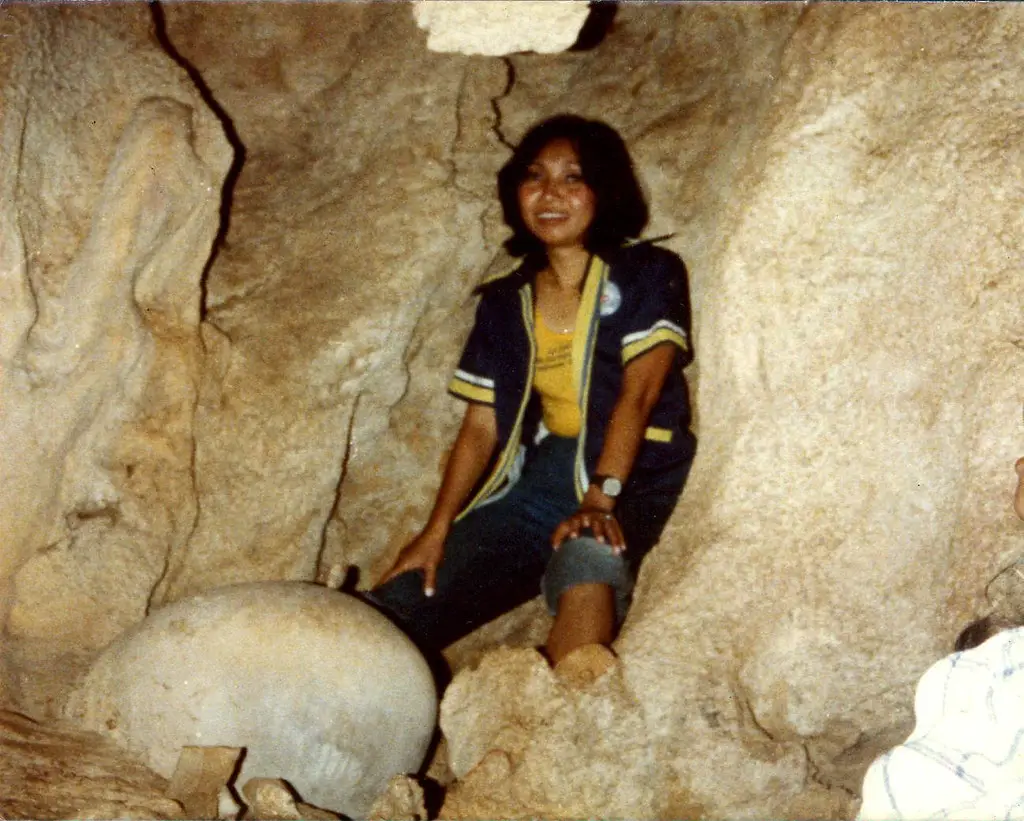
A complex of caves located in Lipuun Point, Quezon, Palawan, Philippines that is also known as the “Cradle of Philippine Civilization”.
What to see or do: Explore the various chambers of the caves where ancient human remains and artifacts were discovered. Visitors can also marvel at the limestone formations, underground river, and the picturesque view of the surrounding sea.
Don’t miss: Tabon Man, a fossilized human skull that was discovered in the caves and is believed to be around 22,000 years old.
Insider travel tips: Wear comfortable shoes and bring flashlights as there are some areas in the caves that can be dark and slippery. The best time to visit is during the dry season from November to April.
Arrange for a tour guide or join a guided tour as they can provide interesting insights and stories about the caves.
24. The Ruins
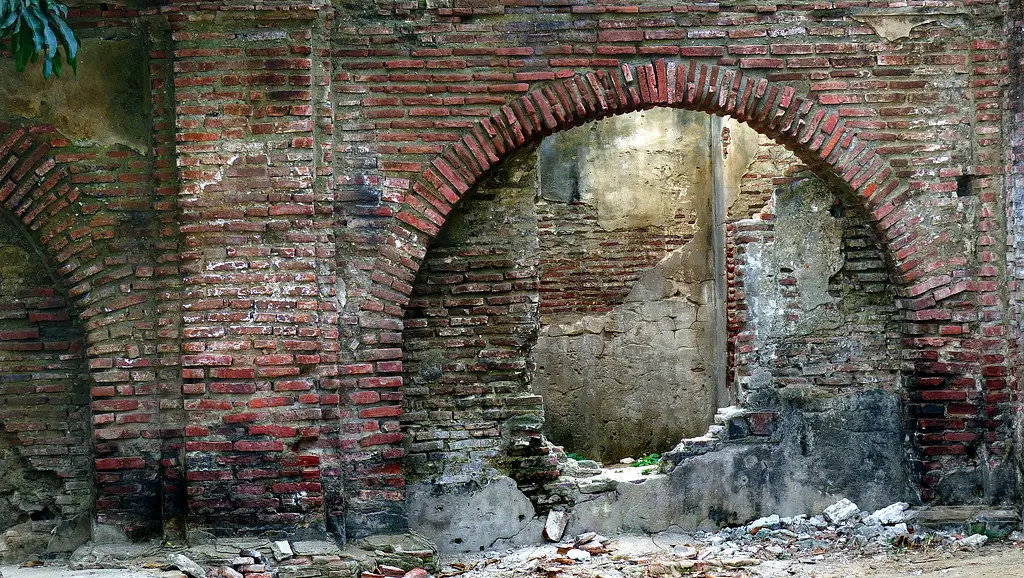
The Ruins is an architectural landmark located in Talisay City, Negros Occidental, Philippines.
What to see or do: Tourists can explore the remains of what used to be a grand mansion with intricately designed walls, stairs, and pillars. Visitors can also stroll around the garden and take photos of the ruins.
Don’t miss: The sunset view from the top of the mansion is a must-see for all travelers. It provides a stunning view of the surrounding area and makes for a great photo opportunity.
Insider travel tips: It’s best to visit early in the morning or late afternoon to avoid the midday heat.
There is an entrance fee and tour guides are available to provide a deeper insight into the history of the mansion.
Also, the nearby city of Bacolod is worth a visit for its food scene and cultural landmarks.
25. Emilio Aguinaldo Shrine
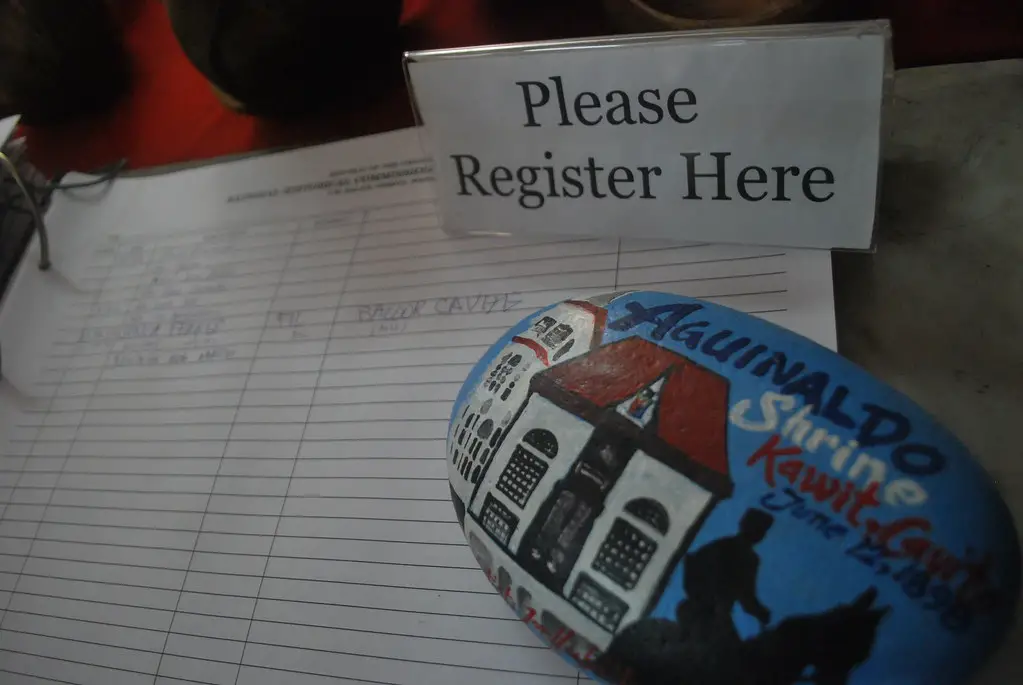
The Emilio Aguinaldo Shrine is a historical site in Kawit, Cavite, Philippines. It is the ancestral home and birthplace of Emilio Aguinaldo, the first president of the Philippines.
What to see or do: Visitors can take a guided tour of the house and its surrounding grounds to learn about the life of Aguinaldo and his contributions to the country’s history.
The house has been turned into a museum, showcasing many of the items and artifacts from Aguinaldo’s life.
Don’t miss: The highlight of the tour is the room where Aguinaldo declared the country’s independence from Spanish colonial rule on June 12, 1898.
The room has been preserved to look as it did during that important moment in Philippine history.
Insider travel tips: – Guides are available to provide a more in-depth understanding of the exhibits and history of the house.
26. Quiapo Church
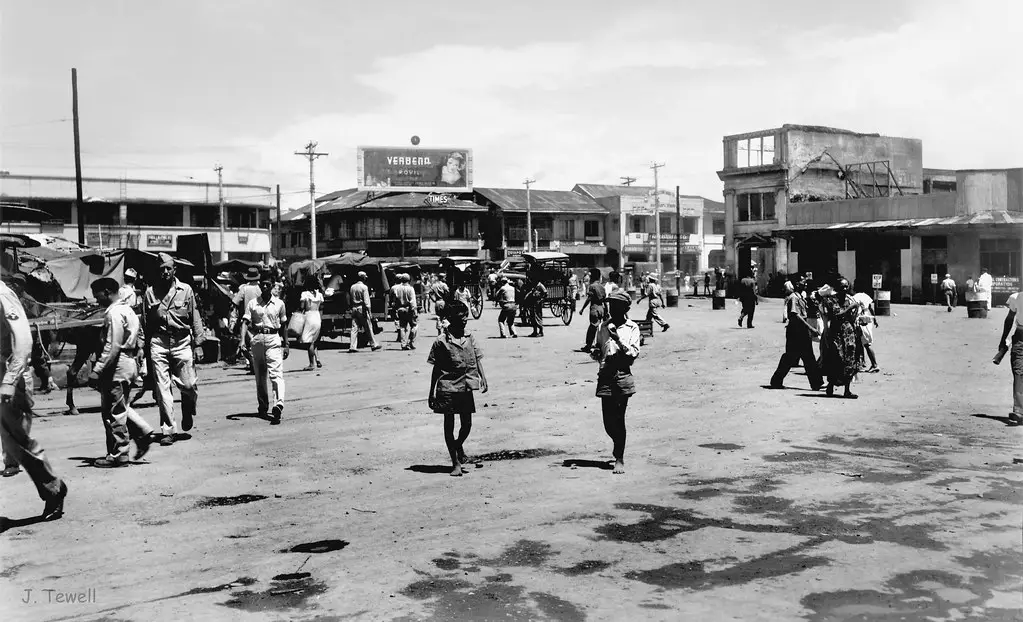
A famous Roman Catholic church in Manila, Philippines.
What to see or do: Visitors can attend mass and see the Black Nazarene statue, which is believed to have healing powers. The church also has a busy market where you can find religious artifacts, souvenirs, and local delicacies.
Don’t miss: The procession of the Black Nazarene on January 9th, which draws millions of devotees and bystanders every year.
Insider travel tips: Quiapo is a bustling area with lots of street vendors, so watch your possessions and be wary of pickpockets. Dress modestly if you plan to attend mass.
It’s also recommended to arrive early if you want to avoid crowds.
27. Burnham Park
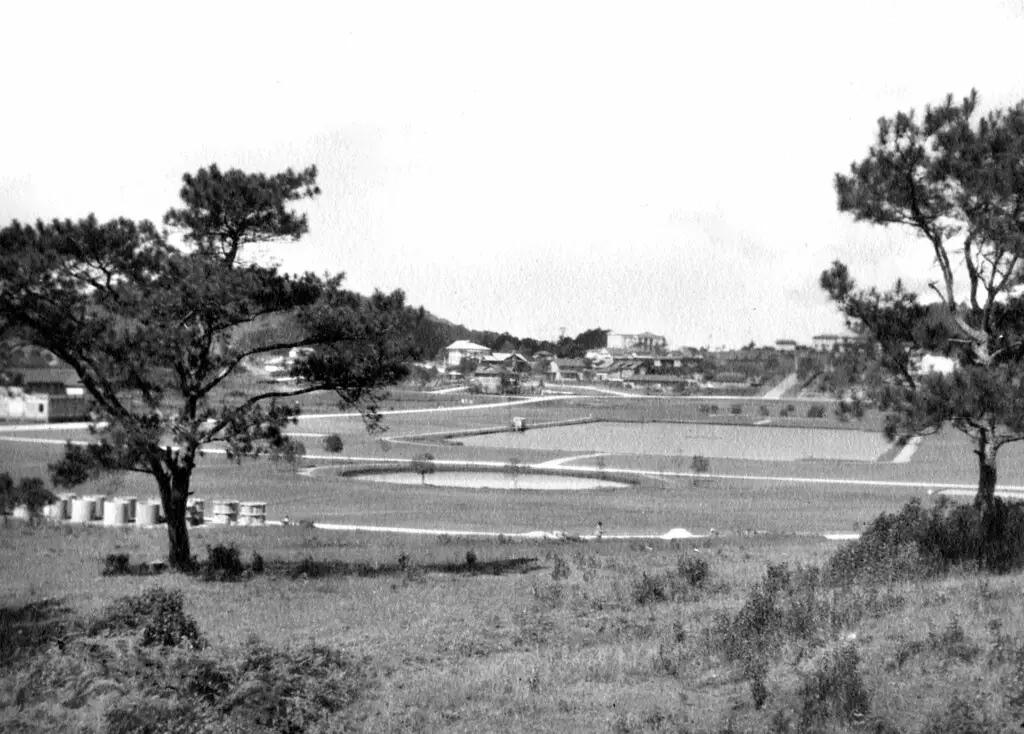
Burnham Park is a sprawling urban park located in the heart of Baguio City in the Philippines. It covers an area of around 32.
84 hectares and is named after architect and urban planner Daniel Hudson Burnham, who designed the city’s layout.
What to see or do: The park features a man-made lake at its center where visitors can rent paddle boats or go biking around its perimeter.
There are also walking paths, a skating rink, a children’s playground, basketball and volleyball courts, and an outdoor stage where concerts and events are held.
Don’t miss: Do not miss the iconic Rose Garden, which features hundreds of blooming roses of various colors and species. Visitors can also enjoy the park’s beautiful landscapes, including the pine trees, scenic views, and colorful flower beds.
Insider travel tips: – Do visit early in the morning to avoid large crowds and enjoy the park’s serene ambiance.
28. Masungi Georeserve
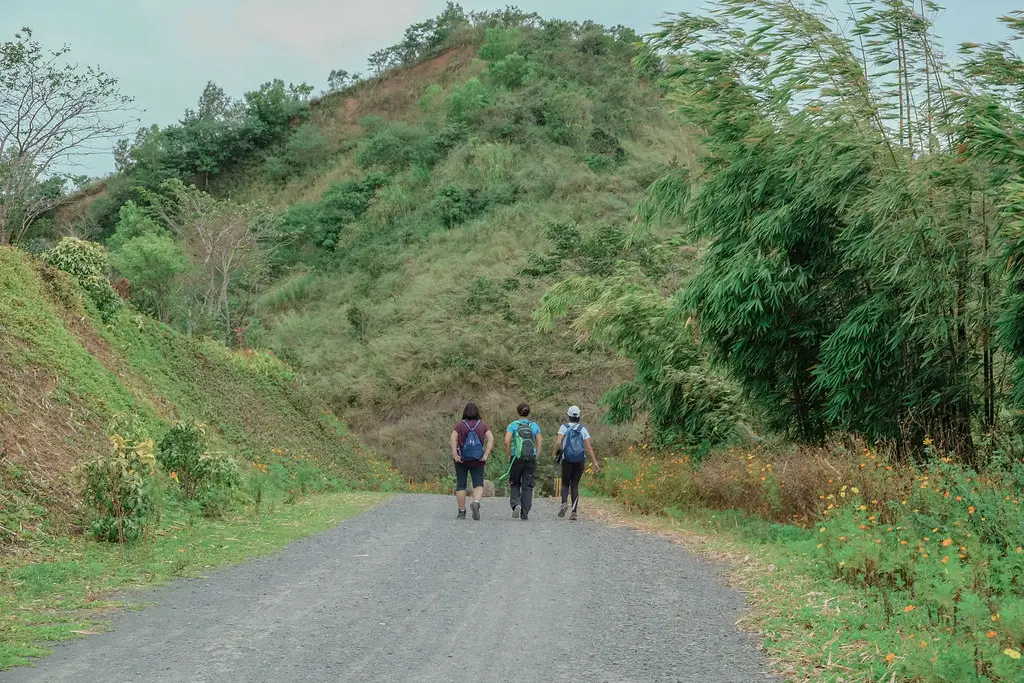
Masungi Georeserve is a conservation area and geopark located in Rizal, Philippines. It features stunning rock formations, lush forests, and diverse wildlife.
What to see or do: Visitors can enjoy hiking and trekking trails while admiring the scenic views of the surrounding landscape. Masungi Georeserve also features unique rope courses, hanging bridges, and platforms that provide a thrilling experience for adventure-seekers.
Don’t miss: One of the highlights of Masungi Georeserve is the Discovery Trail, where visitors can explore the unique limestone formations, bat caves, and diverse flora and fauna.
A must-see is the famous 10,000-year-old limestone karst formation called the Sapot, which offers a spectacular view of the reserve.
Insider travel tips: – Book in advance as only a limited number of visitors are allowed per day.
29. Zamboanga City Hall
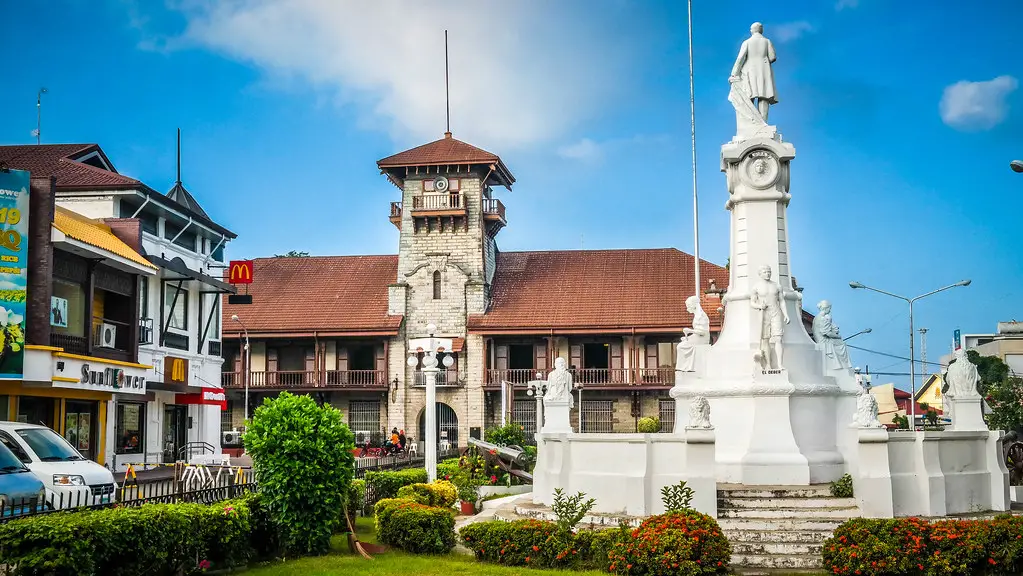
Zamboanga City Hall is the seat of government of the city of Zamboanga in the Philippines. It is a historic building that dates back to American colonial times.
What to see or do: Visitors can admire the architecture and take photos of the impressive facade. The building also houses the mayor’s office and other city government departments.
Don’t miss: Don’t miss the bronze statue of Jose Rizal, a national hero of the Philippines, that stands in front of the city hall.
It is a popular spot for taking photos and selfies.
Insider travel tips: – Visit during the daytime to fully appreciate the architecture of the building and the statue of Jose Rizal.